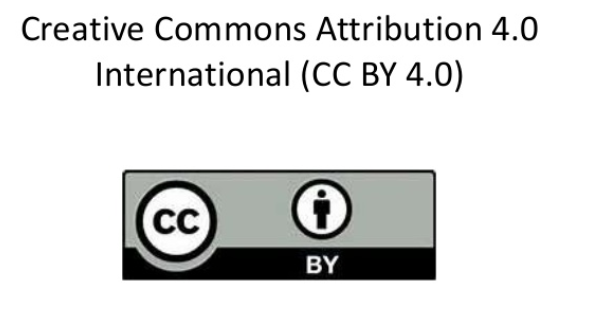Amiza Mat Amin, Khuzma Din*, Kee Chow Hui
School of Food Science and Technology, Universiti Malaysia Terengganu (UMT), Kuala Nerus, Terengganu, Malaysia
Abstract
This study reported on the optimization of enzymatic hydrolysis condition of edible bird’s nest (EBN) using Protamex® to obtain maximum degree of hydrolysis degree (DH). Besides, the proximate analyses of soaked cleaned raw EBN and its lyophilized hydrolysate powder prepared under optimum condition (suggested in this study) were also compared. Response surface methodology (RSM) was employed using a three-level face-centered Central Composite Design (CCD) at four different parameters, namely temperature (40-60oC), concentration of Protamex® (0.5-1.5%), pH (5.5-9.5) and hydrolysis time (2-6 hr). It was found that a quadratic fit could explain the effect of these four variables on the DH of EBN. The optimum condition was obtained at temperature 59.9°C, pH of 6.3, Protamex® concentration of 2% and hydrolysis time of 5.4 hr. The DH achieved under this optimum condition (33.88%) was close to the predicted DH (34.11%). It was found that the lyophilized EBN hydrolysate powder prepared under the optimum condition gave similar protein and carbohydrate content, but lower fat content and higher ash content as compared to cleaned raw EBN.
Keywords: Degree of hydrolysis, Edible bird’s nest, Enzymatic hydrolysis, Protamex



